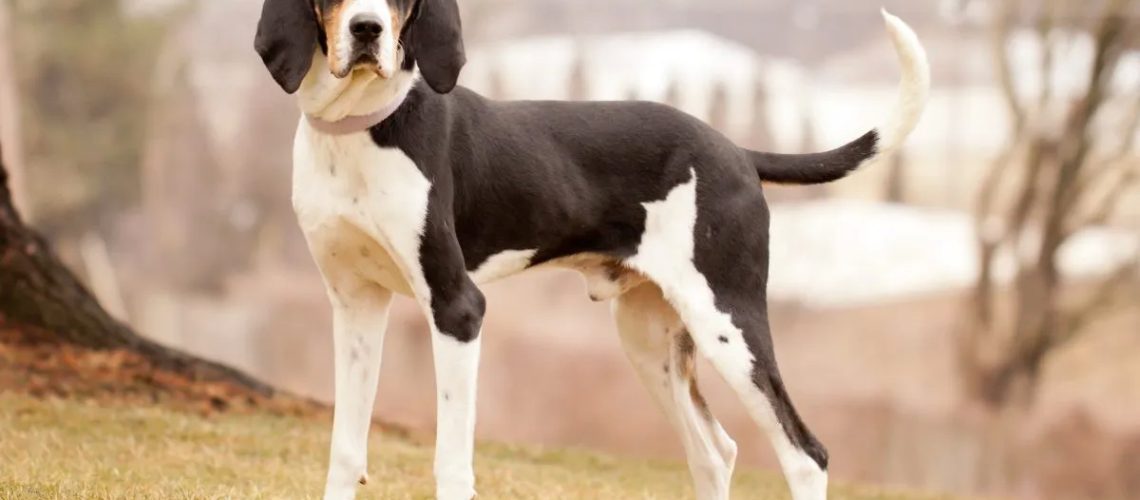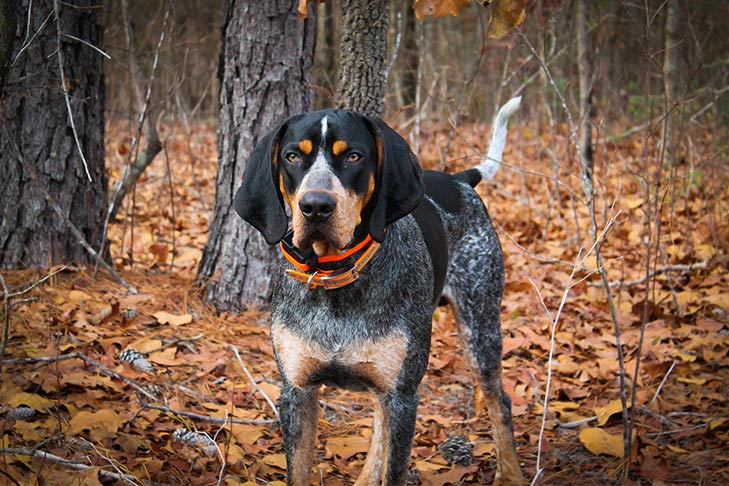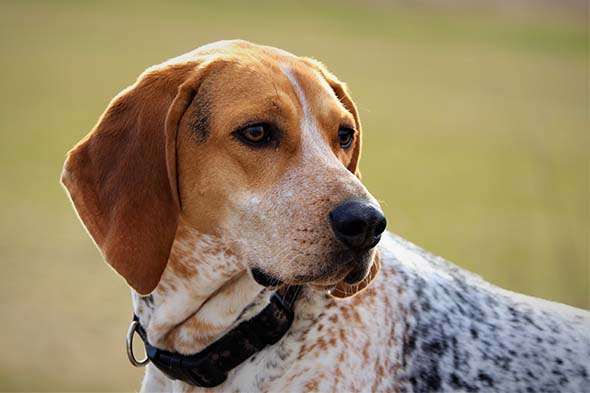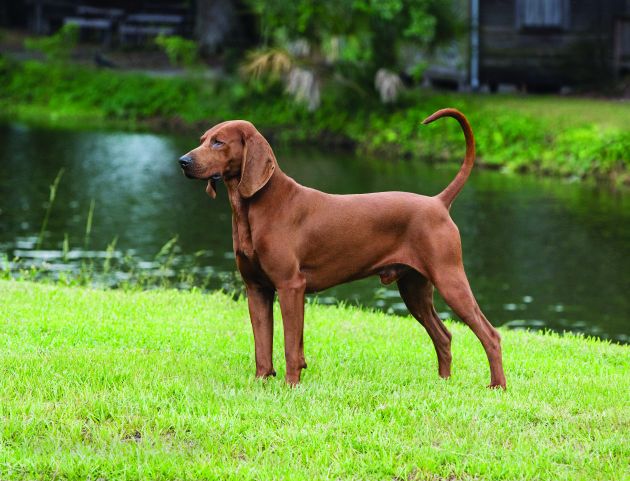Key Takeaways:
- Treeing Walker Coonhounds are a breed known for their excellent hunting skills and high energy levels.
- They require regular exercise and mental stimulation to prevent boredom and destructive behavior.
- These dogs are highly intelligent and trainable, but they can be independent and stubborn at times.
- Treeing Walker Coonhounds have a strong prey drive, so they should always be kept on a leash or in a securely fenced area.
- Grooming needs for this breed are minimal, with occasional brushing to keep their short coat clean and healthy.
Are you a dog lover? Do you find yourself fascinated by the unique characteristics and care needs of different dog breeds? If so, then you're in for a treat! Today, we're diving into the world of the Treeing Walker Coonhound, a remarkable breed that will capture your heart with its loyalty, intelligence, and unwavering determination. Understanding this topic is essential because it not only allows us to appreciate the beauty of this breed but also helps us provide them with the care they deserve. So, whether you're considering adding a Treeing Walker Coonhound to your family or simply want to expand your knowledge about dogs, join us as we explore the captivating world of these incredible canines. Get ready to embark on an adventure filled with wagging tails, wet kisses, and endless companionship!
What is a Treeing Walker Coonhound?
A Treeing Walker Coonhound is a breed of dog that is known for its excellent hunting skills. They are medium-sized dogs with a strong and muscular body. These dogs have a keen sense of smell and are often used to track and tree small game, such as raccoons.
The Treeing Walker Coonhound is a very energetic and active breed. They love to be outdoors and enjoy running and exploring. They are also very intelligent and trainable, making them great companions for hunters or active families.
History of the Treeing Walker Coonhound
The Treeing Walker Coonhound originated in the United States in the 19th century. It was developed by crossing English Foxhounds with other American hound breeds, including the Virginia Hounds and the Tennessee Lead Hound.
The breed was named after John W. Walker, who was instrumental in developing the Treeing Walker Coonhound. He wanted to create a dog that had both speed and endurance for hunting raccoons. The breed quickly gained popularity among hunters due to its exceptional tracking abilities.
How did the Treeing Walker Coonhound get its name?
The Treeing Walker Coonhound gets its name from two distinct characteristics: "treeing" and "Walker".
"Treeing" refers to the dog's ability to chase prey up into trees, where it will stay until its human companion arrives. This behavior is highly valued by hunters because it allows them to locate their prey easily.
"Walker" comes from John W. Walker, who played a significant role in developing this particular breed of coonhound. His breeding program aimed at producing dogs with exceptional tracking skills, speed, and endurance.
Physical characteristics of a Treeing Walker Coonhound
The Treeing Walker Coonhound is a medium-sized dog with a well-muscled and athletic build. They have a sleek and shiny coat that comes in various colors, including tricolor (black, white, and tan) or bicolor (white with black spots).
These dogs have long ears that hang down, giving them an adorable and expressive appearance. Their eyes are large and dark, reflecting their intelligence and alertness.
The average height of a Treeing Walker Coonhound is between 20 to 27 inches (51 to 69 cm), and they typically weigh between 45 to 80 pounds (20 to 36 kg).
Coat
The coat of a Treeing Walker Coonhound is short, dense, and smooth. It requires minimal grooming but should be brushed regularly to remove loose hair.
Ears
The ears of a Treeing Walker Coonhound are long and floppy. They serve as an excellent tool for scent detection as they help capture scents from the environment.
Temperament of a Treeing Walker Coonhound
A Treeing Walker Coonhound has a friendly and outgoing temperament. They are known for being social dogs that get along well with people and other animals.
These dogs are intelligent, eager to please, and highly trainable. However, they can also be independent thinkers at times, so consistent training is essential to keep them focused.
Treeing Walker Coonhounds have high energy levels and require regular exercise to keep them happy and healthy. They enjoy activities such as running, hiking, or playing fetch in spacious areas.
Friendly and Sociable
Treeing Walker Coonhounds are known for their friendly nature. They enjoy being around people and are generally good with children and other pets.
Intelligent and Trainable
These dogs are intelligent and quick learners. With proper training and positive reinforcement, they can excel in various activities, such as obedience training or agility competitions.
Exercise needs of a Treeing Walker Coonhound
A Treeing Walker Coonhound is an active breed that requires regular exercise to stay healthy and happy. Daily physical activity helps them burn off excess energy and prevents them from becoming bored or destructive.
Engaging in activities that stimulate their senses, such as scent games or tracking exercises, can be particularly enjoyable for these dogs due to their excellent sense of smell.
Daily Exercise Requirements
- A minimum of 60 minutes of exercise per day is recommended for a Treeing Walker Coonhound.
- This can include brisk walks, jogs, or playtime in a securely fenced area.
- Mental stimulation through puzzle toys or training sessions is also important to keep them mentally sharp.
Outdoor Adventures
Treeing Walker Coonhounds love outdoor adventures. Taking them on hikes, exploring new trails, or engaging in dog sports like agility can provide both physical exercise and mental stimulation for these active dogs.
Common health issues in Treeing Walker Coonhounds
Like any other breed, Treeing Walker Coonhounds may be prone to certain health issues. It's important to be aware of these conditions so you can provide appropriate care and seek veterinary attention when needed.
Hip Dysplasia
Hip dysplasia is a common condition in many dog breeds, including Treeing Walker Coonhounds. It is a hereditary condition where the hip joint doesn't develop properly, leading to pain and mobility issues.
Ear Infections
Due to their long and floppy ears, Treeing Walker Coonhounds are prone to ear infections. Regular cleaning and inspection of their ears can help prevent infections and keep them healthy.
Caring for a Treeing Walker Coonhound: Tips and Guidelines
Caring for a Treeing Walker Coonhound involves meeting their physical, mental, and emotional needs. Here are some tips to ensure your coonhound stays happy and healthy:
Regular Veterinary Check-ups
Schedule regular veterinary check-ups to monitor your dog's health and address any potential issues early on. Vaccinations, parasite prevention, dental care, and routine blood tests are important aspects of their overall well-being.
Proper Nutrition
Feed your Treeing Walker Coonhound a balanced diet that meets their nutritional needs. High-quality dog food formulated for active breeds is recommended. Avoid overfeeding to prevent obesity, which can lead to various health problems.
Mental Stimulation
Keep your coonhound mentally stimulated with interactive toys, puzzle games, or training sessions. This helps prevent boredom and destructive behavior while strengthening the bond between you and your dog.
Grooming
The coat of a Treeing Walker Coonhound requires minimal grooming. Regular brushing helps remove loose hair and keeps the coat shiny. Additionally, regular ear cleaning is essential to prevent infections due to their floppy ears.
With proper care, training, and love, a Treeing Walker Coonhound can be a loyal and affectionate companion for many years to come.
In conclusion, the Treeing Walker Coonhound is a friendly and energetic dog breed that requires regular exercise and mental stimulation. With proper care and training, they can make great companions for active families willing to give them the attention they need.
What do I need to know about treeing walker coonhounds?
The treeing Walker coonhound requires a significant amount of both physical and mental exercise. They are rated a perfect score of five out of five by the AKC for their exercise needs. Despite having "Walker" in their name, these dogs thoroughly enjoy going on long runs. They make excellent companions for individuals who enjoy being active and taking their pets with them on outdoor adventures.
What is the personality of a treeing walker hound?
The Treeing Walker Coonhound is highly intelligent and has a strong desire to learn. These dogs are very eager to please their owners, but they also have a stubborn and independent nature. This can sometimes challenge trainers who are not familiar with the unique mindset of coonhounds.
Can a coonhound be a house dog?
Despite the perception of being a high-energy working dog, Black and Tan Coonhounds are actually calm, gentle, and relaxed when at home. They are known to get along well with other pets and are especially good with children.
How do you take care of a Treeing Walker Coonhound?
Caring for Treeing Walker Coonhounds is important because they are hunting dogs with strong physical abilities and endurance. They should be given plenty of daily exercise to keep them mentally and physically stimulated. It is also crucial to provide training and socialization from a young age to ensure they behave well.
Are coonhounds high maintenance?
Because the Treeing Walker Coonhound has a short coat, it requires minimal maintenance. However, this breed is prone to hip dysplasia, injuries, and ear infections. It is advisable to obtain pet health insurance to avoid expensive veterinary bills.
Do coonhounds whine a lot?
Treeing Walker Coonhounds, also known as Walkers, are typically excited and vocal before a hunt. They are affectionate and self-assured dogs that enjoy being around people. While they can make good house pets, they have a strong work ethic and need mental and physical stimulation if they are not actively hunting.

















